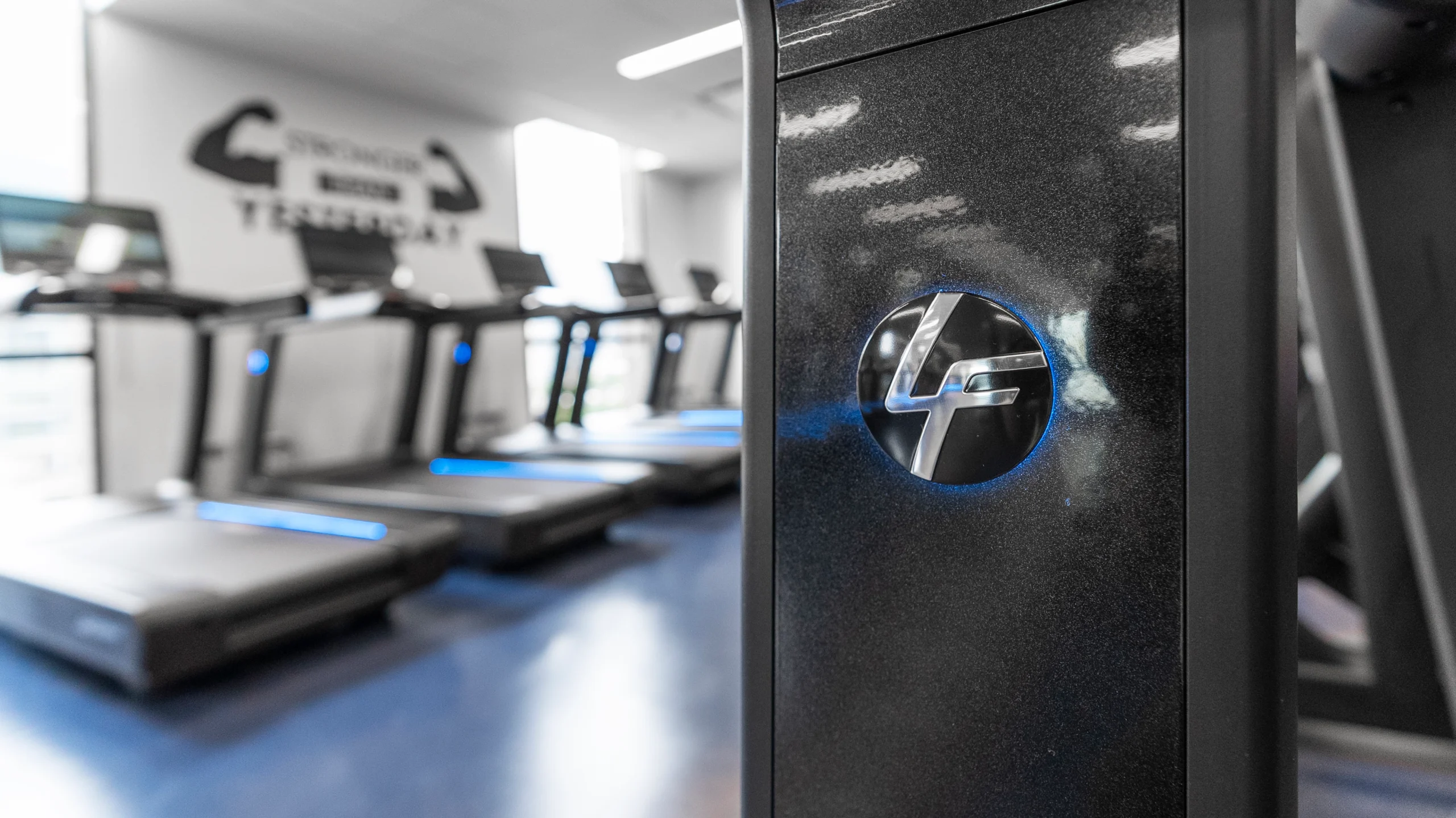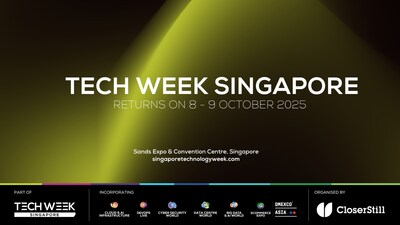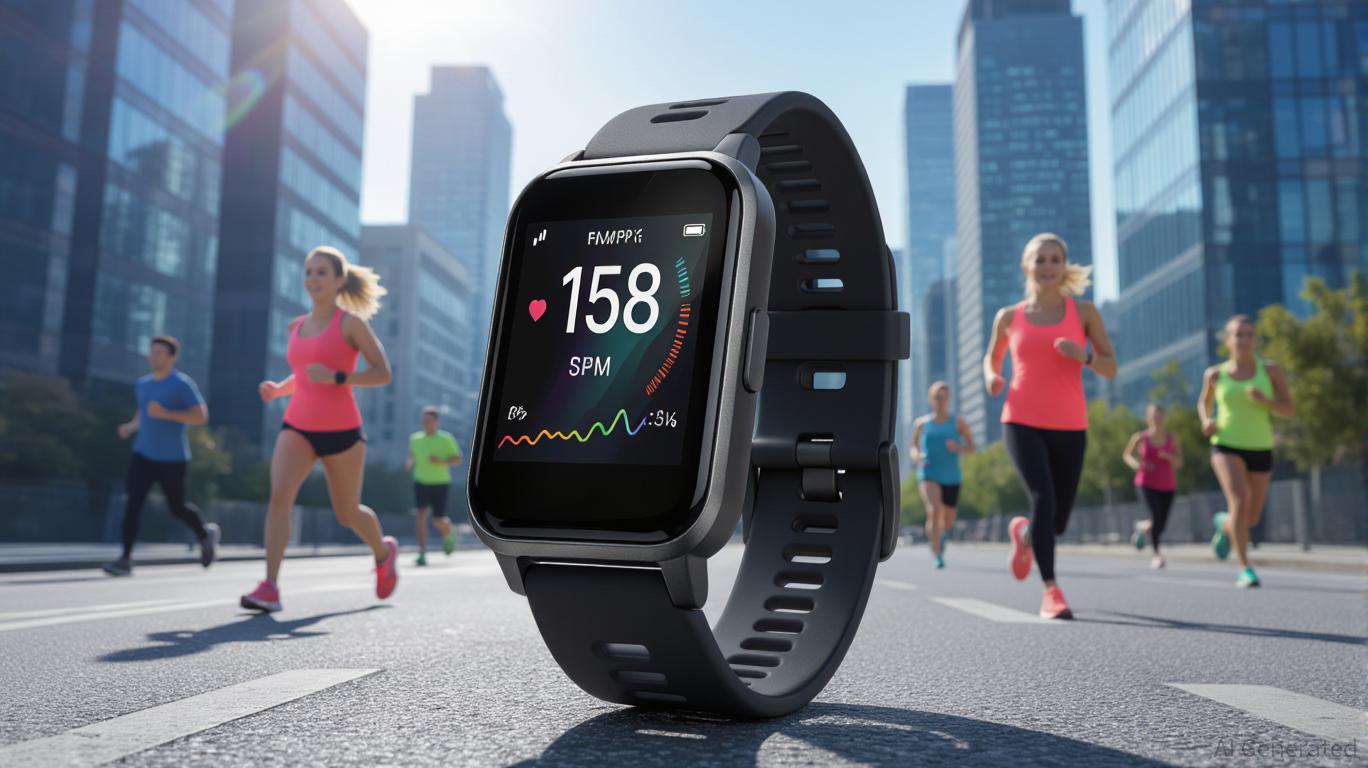Life Fitness’ machines are pleasing to any gym goer, both functionally and visually — and both matter more than you might think.
Even with concepts like functional wellness and mental health picking up steam, there will always be a place in fitness for things that “look good.” That’s true for individuals themselves as well as the places where they work out.
While Life Fitness has been in the business of the former since its inception, including emerging wellness sectors, its concentration on gym design and aesthetics is now abundant as well with each being key engagement boosters.
“In recent years, we’ve seen fitness transform from a purely functional space into a lifestyle experience, especially in the hospitality sector,” said Travis Hoppe, Regional Segment Manager at Life Fitness. “This shift has been driven by heightened consumer expectations for immersive wellness environments, the influence of boutique fitness studios and a growing emphasis on wellness as a pillar of luxury travel.”
It’s an industry-wide shift that everyone should watch closely.
“For hotel brands, multi-family developers and premium fitness operators, the gym is now an extension of brand identity,” Hoppe added. “As a result, aesthetics, ambiance and spatial harmony are just as important as performance — and equipment is expected to reflect that balance.”
Life Fitness not only understands that, but is acting on that insight through its manufacturing process and B2B operational strategy.
Life Fitness’ Approach
Life Fitness drives engagement by creating aesthetically appealing products that integrate seamlessly into premium spaces without sacrificing functionality.
“The most prominent example of this evolution is our Symbio cardio line, which reimagines traditional cardio equipment with a refined, sculptural aesthetic,” said Hoppe.
The Symbio line includes treadmills, cross-trainers, upright bikes and recumbent bikes, featuring tools like Adaptive Flex Deck Technology for customized running surfaces, on-demand exercise options, muscle activation visuals and connectivity between machines for trackable, personalized workouts.
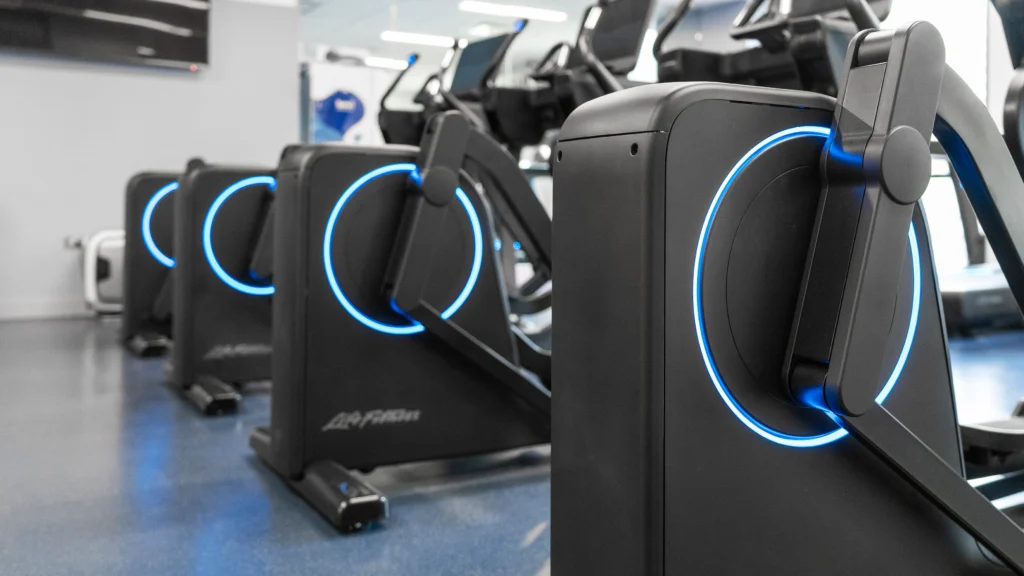
But as Hoppe noted, these products have the beauty to match their brains. The Symbio line also features organic curves, customizable finishes and minimalist digital interfaces.
“This makes it ideal for high-design environments like boutique hotels and wellness resorts,” Hoppe said. “Since its debut, Symbio has been embraced by luxury hospitality partners and developers looking to differentiate their fitness offerings. Early feedback from flagship installations has been overwhelmingly positive, with user engagement metrics showing increased dwell time on cardio machines and improved satisfaction scores for wellness amenities.”
Performance hasn’t been overlooked in the process.
Hoppe called the balance between durability and design “central” during the Symbio line’s development. Life Fitness walked the tightrope by using premium materials, testing extensively in commercial environments and designing for intuitive use to meet the expectations of both casual hotel guests and seasoned fitness enthusiasts.
“While aesthetics drive first impressions, performance drives long-term value — and we never compromise on that,” said Hoppe. “Symbio’s internal engineering is built on the foundation of Life Fitness’ proven biomechanics, reliability and digital connectivity. We’ve simply wrapped that performance core in a more refined, hospitality-forward exterior.”
Behind the Blueprint
Delivering these aesthetically pleasing, functional fitness machines requires a group effort. Life Fitness partners directly with architects, interior designers and developers early in the design process to set itself and its clients up for success.
“This allows us to align equipment aesthetics with the overall interior design scheme — whether it’s through finish customization, spatial layout planning or integration with AV and lighting systems,” said Hoppe.
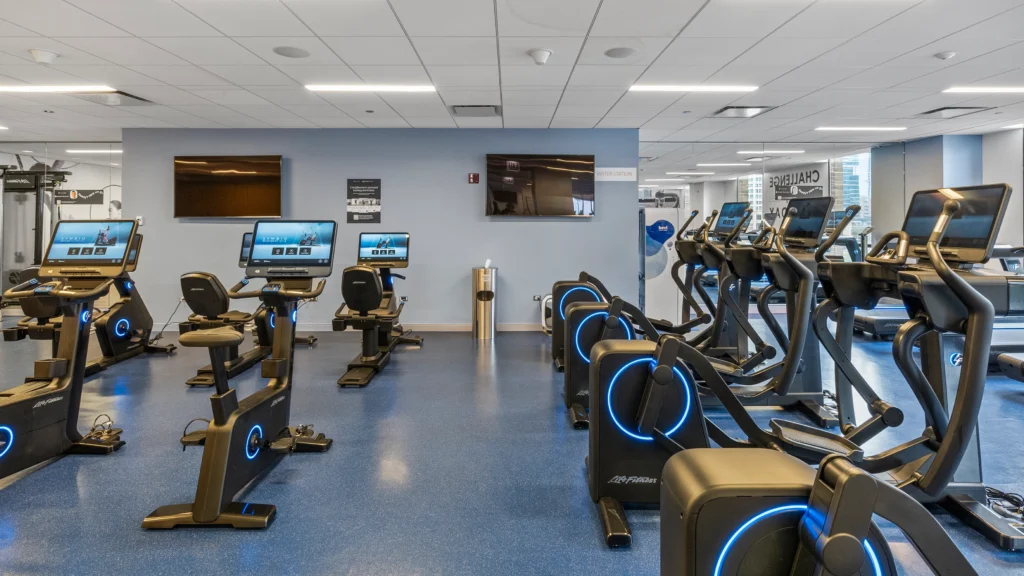
For the Symbio line, Life Fitness offers tailored surface and frame options, allowing designers to create fitness spaces that feel like natural extensions of a property’s style rather than an afterthought.
New Projects & New Goals
Hyatt represents one of the many brands benefitting from this careful crafting process and strategic implementation from Life Fitness. Last year, the brand made a series of installations at the Hyatt Regency in Downtown Chicago.
“From the beginning, we collaborated closely with Hyatt’s wellness and design teams to ensure the cardio equipment supported the property’s elevated guest experience,” Hoppe said. “Symbio equipment contributed to creating an elevated experience and an environment that feels worlds apart from the traditional gym aesthetic.”
As Life Fitness aims to do this for more partners now and in the future, it understands brands are looking for products that meet their specific needs through greater customization, taking aesthetics and integration strategies to an entirely new level.
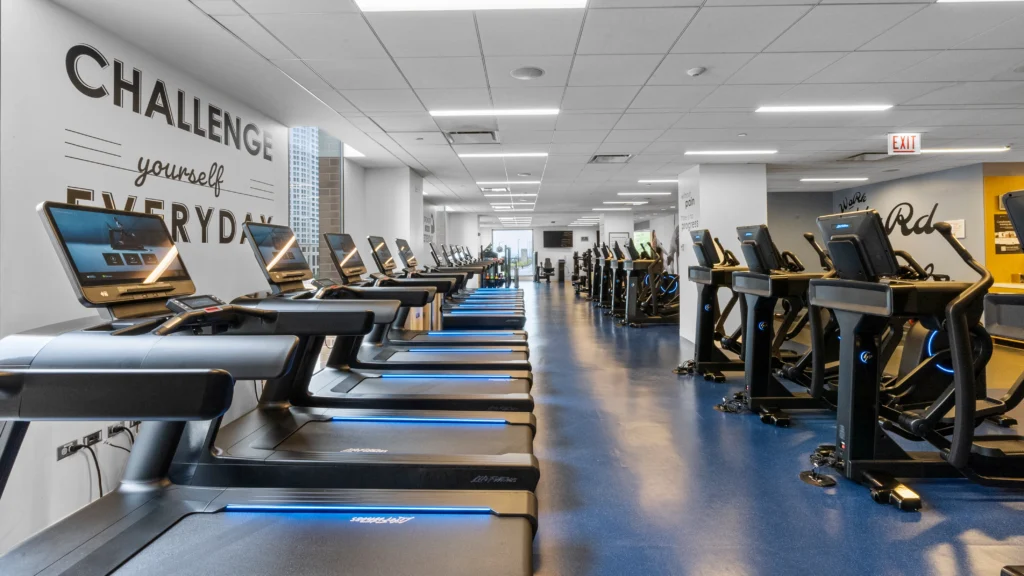
“Design customization is already reshaping the expectations around fitness equipment, especially in premium and lifestyle-driven environments,” Hoppe said. “As personalization becomes more central to wellness, operators want fitness spaces that reflect their brand ethos — whether that’s through color, texture or technology integration.”
Through its established manufacturing principles, systems of operation and experience, the brand is eager to meet these new demands. Hoppe reports Life Fitness is already investing in modular design platforms, sustainable materials and custom finishes, with the Symbio line serving as a blueprint.
“Customization will no longer be a premium feature — it will be the baseline for operators who want to create differentiated, high-touch lifestyle experiences,” he added.

